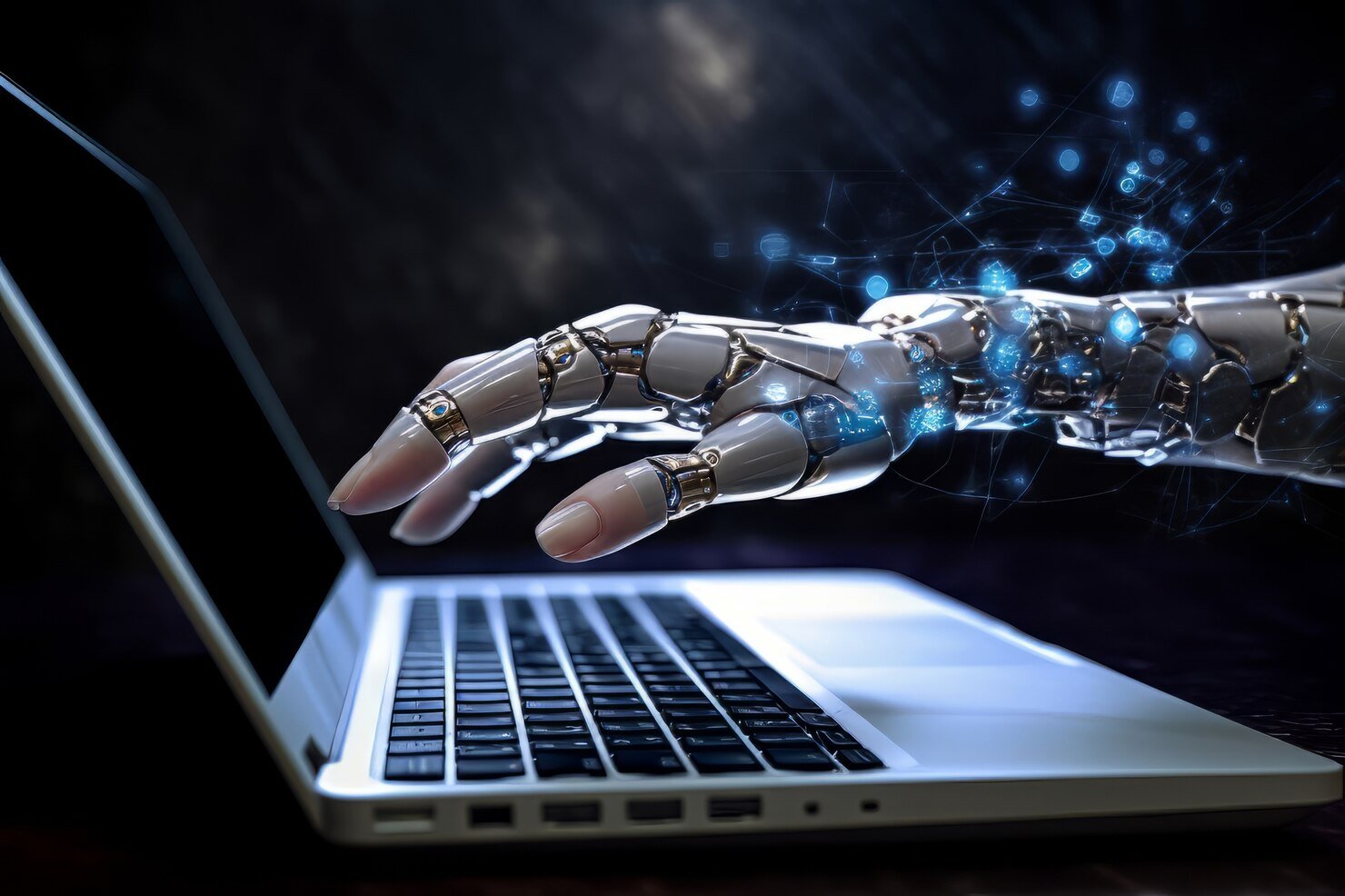
Artificial Intelligence (AI) is revolutionizing industries and transforming the way we work. As AI continues to advance, its impact on the job market is becoming increasingly significant. While AI offers opportunities for efficiency and innovation, it also poses challenges related to job displacement and the need for new skills. This blog explores the multifaceted impact of AI on the job market, highlighting both the opportunities and the challenges it presents.
Opportunities Created by AI
1. Increased Efficiency and Productivity
AI can automate repetitive and mundane tasks, allowing human workers to focus on more complex and creative aspects of their jobs. This increase in efficiency and productivity can lead to higher output and better use of human talent.
- Automation of Routine Tasks: AI technologies such as robotic process automation (RPA) can handle routine tasks like data entry, invoicing, and customer queries, freeing up employees for more strategic work.
- Enhanced Decision-Making: AI can analyze vast amounts of data quickly, providing insights that help in decision-making processes across various industries, from finance to healthcare.
2. Creation of New Job Roles
The rise of AI is also leading to the creation of new job roles that did not exist before. These roles often require new skills and expertise, presenting opportunities for career growth and innovation.
- AI Specialists: There is a growing demand for AI specialists, including data scientists, machine learning engineers, and AI ethicists, who can design, develop, and manage AI systems.
- AI Maintenance and Support: As AI systems become more prevalent, there will be a need for professionals who can maintain and support these systems, ensuring they operate effectively and ethically.
3. Improved Work Conditions
AI can enhance workplace safety and improve conditions by taking over dangerous or physically demanding tasks.
- Safety in Hazardous Environments: AI-powered robots and drones can be used in hazardous environments, such as mining or disaster response, reducing the risk to human workers.
- Ergonomic Benefits: AI can assist in tasks that require heavy lifting or repetitive motion, reducing the physical strain on workers and potentially decreasing the incidence of workplace injuries.
Challenges Posed by AI
1. Job Displacement
One of the most significant concerns about AI is the potential for job displacement, as machines and algorithms take over tasks previously performed by humans.
- Automation of Jobs: Jobs that involve routine, repetitive tasks are most at risk of automation. This includes roles in manufacturing, retail, and administrative support.
- Impact on Low-Skilled Workers: Low-skilled workers are particularly vulnerable to job displacement, as their roles are more likely to be automated compared to high-skilled jobs that require complex decision-making and creativity.
2. Skills Gap and the Need for Reskilling
The rapid advancement of AI technology is creating a skills gap, with a growing demand for new competencies that many workers do not yet possess.
- Reskilling and Upskilling: To mitigate the impact of job displacement, there is a need for significant investment in reskilling and upskilling programs. Workers must be trained in new technologies and skills that are in demand in an AI-driven job market.
- Lifelong Learning: The pace of technological change means that continuous learning and adaptability are essential. Educational systems and employers must promote lifelong learning to ensure workers can keep up with evolving job requirements.
3. Economic Inequality
AI has the potential to exacerbate economic inequality if its benefits are not distributed evenly across society.
- Concentration of Wealth: Companies and individuals who own and control AI technologies may reap disproportionate benefits, leading to increased concentration of wealth and power.
- Access to AI: Ensuring equitable access to AI technologies and the opportunities they create is crucial to prevent widening the gap between different socioeconomic groups.
Navigating the Future of Work with AI
1. Policy and Regulation
Governments and policymakers play a crucial role in shaping the impact of AI on the job market. Effective policies and regulations can help manage the transition and ensure that the benefits of AI are broadly shared.
- Support for Reskilling Programs: Governments should invest in education and training programs to help workers transition to new roles and industries.
- Fair Labor Practices: Regulations should ensure that AI is used ethically in the workplace, protecting workers’ rights and promoting fair labor practices.
2. Collaboration Between Stakeholders
A collaborative approach involving governments, businesses, educational institutions, and workers is essential to address the challenges and harness the opportunities presented by AI.
- Public-Private Partnerships: Partnerships between public and private sectors can drive innovation in education and training, ensuring that workers are equipped with the skills needed for the future job market.
- Inclusive Development: Engaging diverse stakeholders in the development and deployment of AI can help ensure that its benefits are accessible to all segments of society.
